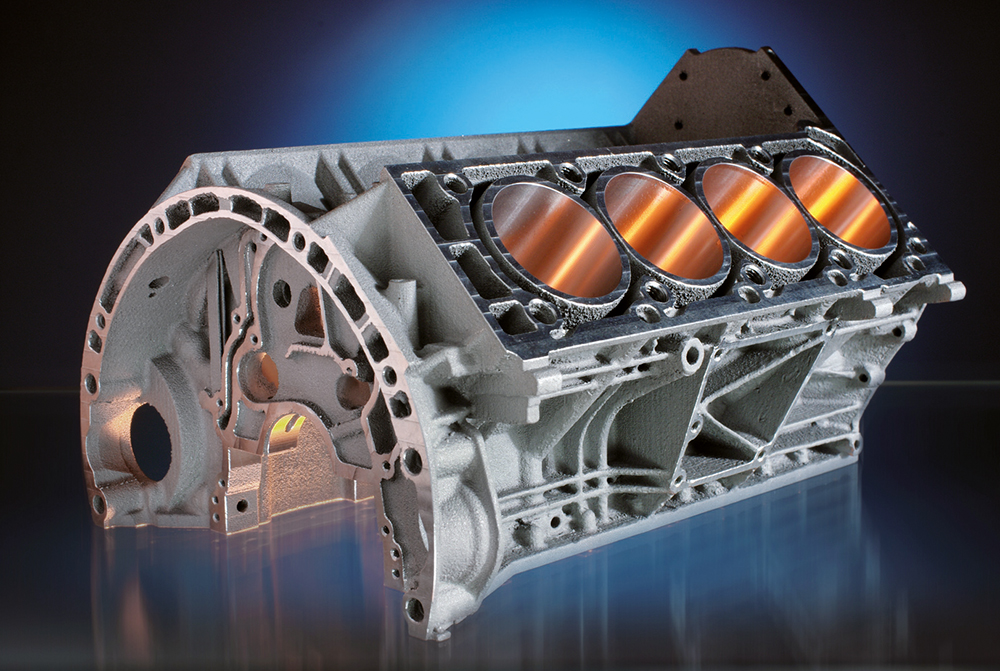Selective laser melting (SLM)
Selective laser melting is an additive manufacturing process that uses 3D CAD data as a digital information source and energy in the form of a high-power laser beam, to create three-dimensional metal parts by fusing fine metal powders together. Manufacturing applications in aerospace or medical orthopedics are being pioneered.
A basic understanding of the physics of the SLM/SLS process will aid in understanding the relative importance of each parameter. At its most basic level, SLM/SLS is essentially a heat transfer process where energy from a laser is transferred to a powder bed, heating then melting the powder, after which the melt is allowed to cool to a solid mass.The figure shows Heat transfer paths in melt pool formation and solidification in a selective laser melting (SLM) process.

Working Process
The process starts by slicing the 3D CAD file data into layers, usually from 20 to 100 micrometers thick, creating a 2D image of each layer; this file format is the industry standard .stl file used on most layer-based 3D printing or Stereolithography technologies. This file is then loaded into a file preparation software package that assigns parameters, values and physical supports that allow the file to be interpreted and built by different types of additive manufacturing machines.

With selective laser melting, thin layers of atomized fine metal powder are evenly distributed using a coating mechanism onto a substrate plate, usually metal, that is fastened to an indexing table that moves in the vertical (Z) axis. This takes place inside a chamber containing a tightly controlled atmosphere of inert gas, either argon or nitrogen at oxygen levels below 500 parts per million. Once each layer has been distributed, each 2D slice of the part geometry is fused by selectively melting the powder. This is accomplished with a high-power laser beam, usually an ytterbium fiber laser with hundreds of watts. The laser beam is directed in the X and Y directions with two high frequency scanning mirrors. The laser energy is intense enough to permit full melting (welding) of the particles to form solid metal. The process is repeated layer after layer until the part is complete
Applications of Selective Laser Melting
The most common applications for this technology are in the aerospace industry, as complex parts can be made with additive manufacturing, which overcomes the limitations of conventional manufacturing. It can also result in the reduction of parts needed.
It also has applications in the medical field where some prosthetics are created with this technology, allowing the model to be customized to the patient's anatomy.

Manufacturing metallic parts by 3D printing can also be done with DMLS (Direct Metal Laser Sintering) technology. The main difference between these two technologies is the degree to which the particles are melted; they are not completely melted with DMLS.
Different materials are available with this technology, namely steel, titanium, aluminium, cobalt-chromium and nickel alloys.
This patented technology was discovered in 1995 by the German research institute Fraunhofer Institute ITL. The primary manufacturer of machines using this technology is Germany's SLM solution GmbH.

Advantages
- Top material properties and outstanding alloy density
- Tension-free frameworks
- Excellent precision of fit
- Controlled production techniques ensure high compatibility with all major ceramic systems

